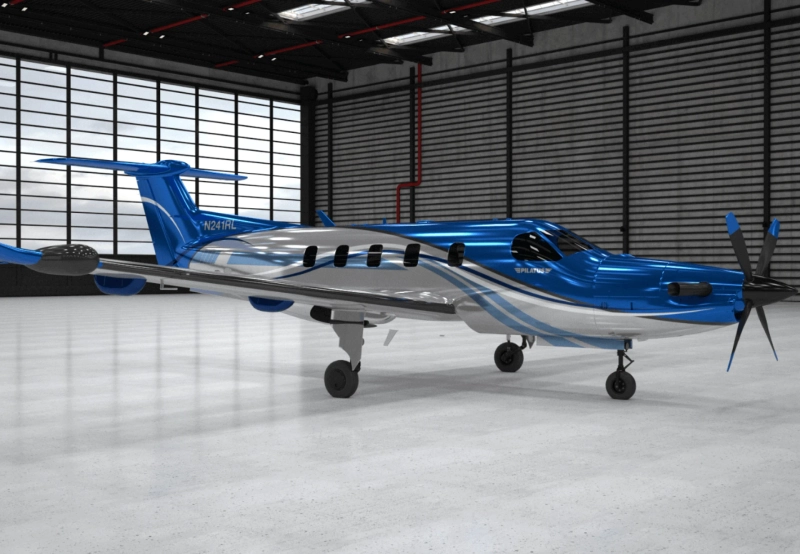Since the early days of commercial aviation, airplane paint schemes have been used as a way to differentiate one airline from another. While the designs may have changed over the years, the purpose has remained the same- to make the aircraft as visually appealing as possible. Whether it's a brightly colored livery or a more subtle design, airplane paint schemes continue to be a source of creativity and interest for airline enthusiasts everywhere.
1. Introducing airplane paint schemes and why they are important.
There are many different airplane paint schemes, and each one serves a specific purpose. Some paint schemes are designed to make an airplane more visible to other aircraft, while others are meant to camouflage the plane and make it harder to see. The paint scheme on an airplane can also be used to communicate the airline's branding or to show support for a particular cause.
2. The different types of airplane paint schemes and how they are used.
There are many different types of airplane paint schemes, and each one is used for a specific purpose. Military aircraft often have camouflage schemes, which help to hide them from enemy radar. Commercial aircraft usually have a paint scheme that is designed to make them stand out and be easily recognizable. This is especially important for airlines that operate in multiple countries, as it makes it easy for passengers to identify their airline's aircraft. There are also a variety of special paint schemes that are used for air shows or other special events.
3. The creative process behind designing an airplane paint scheme.
Designing an airplane paint scheme can be a very creative process. There are many different factors to consider, such as the airline's branding, the type of plane, and the destination of the flight.
Some airlines prefer to have a very uniform look across all their planes, with each aircraft sporting the same paint scheme. Others are more adventurous, and enjoy experimenting with different designs for each plane.
The designers must also take into account the practical considerations of painting a plane. For example, they must make sure that the paint will not fade in the sun or peel in the rain.
Ultimately, the paint scheme needs to look good both from a distance and up close, and it must be able to withstand the harsh conditions of the sky. It's a challenging but rewarding process!
4. The importance of branding an airplane paint scheme.
Choosing an airplane paint scheme is more than just picking a color or two. It's an important branding decision that can make or break an airline. A good paint scheme can make an airline stand out from the competition, and a bad one can make it look amateurish.
Airlines spend a lot of time and money on their paint schemes, and the decision is not made lightly. There are many factors to consider, such as the type of airplane, the airline's logo, and the colors that will be used.
Some airlines even have special paint shops that are dedicated to creating new paint schemes. These shops often have teams of artists who can create a wide range of designs.
When choosing a paint scheme, airlines need to keep in mind the effect it will have on their passengers. A good paint scheme can make passengers feel excited about their flight, while a bad one can make them feel uncomfortable.
Ultimately, the decision of what paint scheme to use is up to the airline. But it's clear that the paint scheme is an important part of an airline's branding strategy.
5. How airplane paint schemes have evolved over the years.
Airplane paint schemes have evolved over the years to become more complex and interesting. In the early days of aviation, airplanes were painted with solid colors in order to make them easier to see. However, as airplanes became faster and more maneuverable, it became important to make them more difficult to spot from a distance. This led to the development of intricate paint schemes with multiple colors and designs.
Today, aircraft color schemes are used to communicate a variety of messages. Airline companies often use different colors and designs to distinguish their aircraft from their competitors. Military aircraft often have camouflage paint schemes that help them blend in with their surroundings. And private aircraft often have brightly colored paint schemes that make them stand out against the sky.
The paint schemes on modern aircraft are always changing and evolving. Airlines are always looking for new and innovative ways to make their aircraft stand out, and military and private aircraft are always looking for new ways to conceal themselves from the enemy. The paint schemes on modern aircraft are always evolving and changing to meet the needs of the modern aviation industry.


